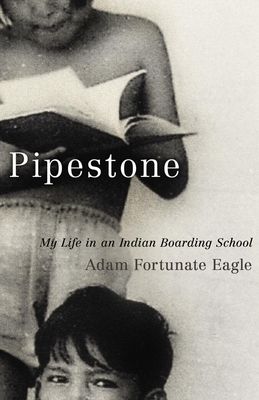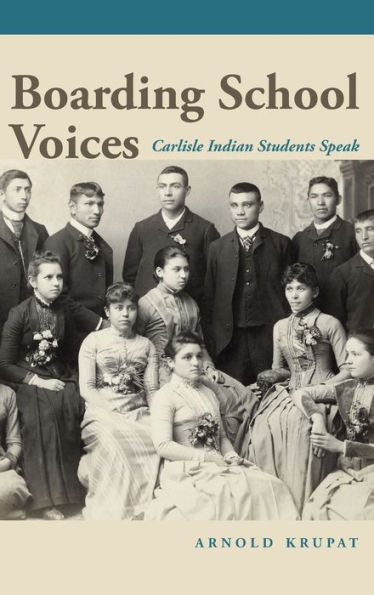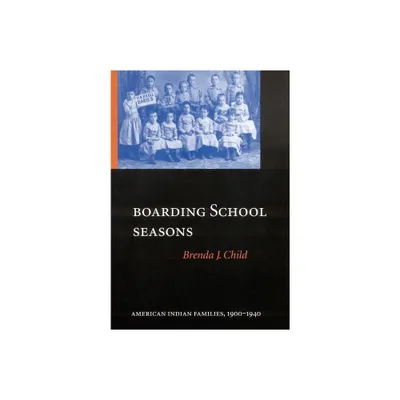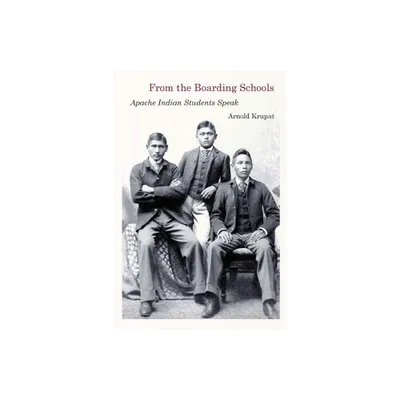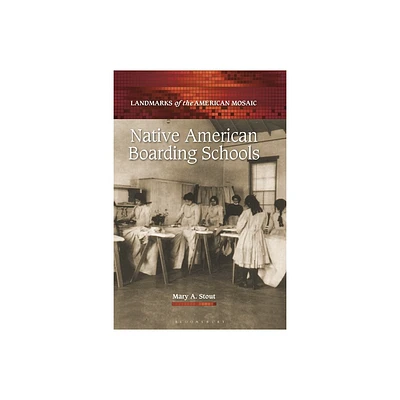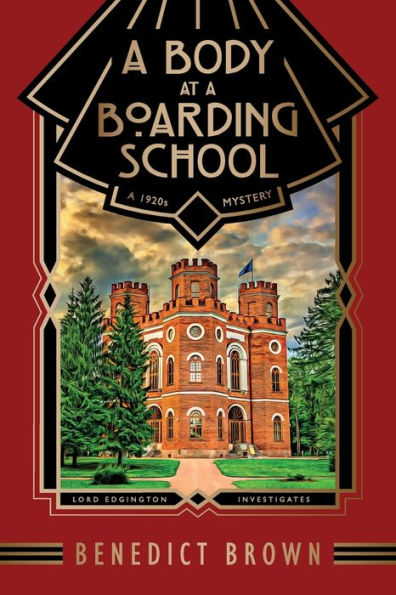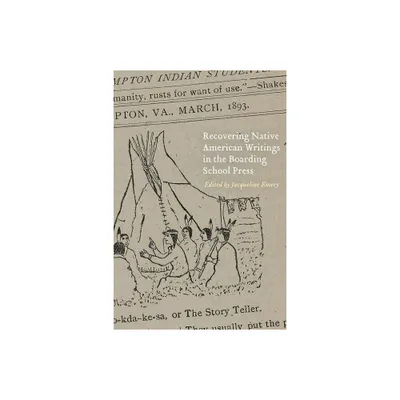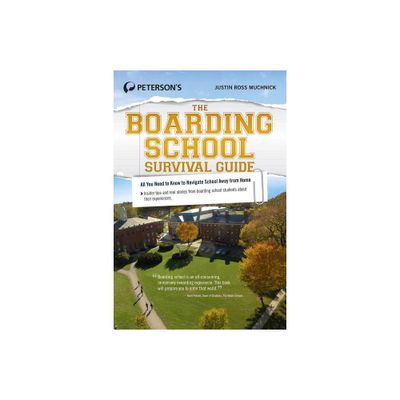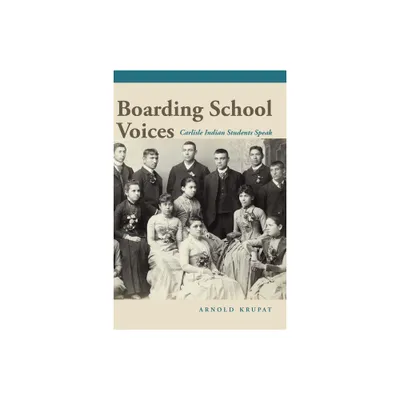Home
Pipestone: My Life an Indian Boarding School
Loading Inventory...
Barnes and Noble
Pipestone: My Life an Indian Boarding School
Current price: $19.99
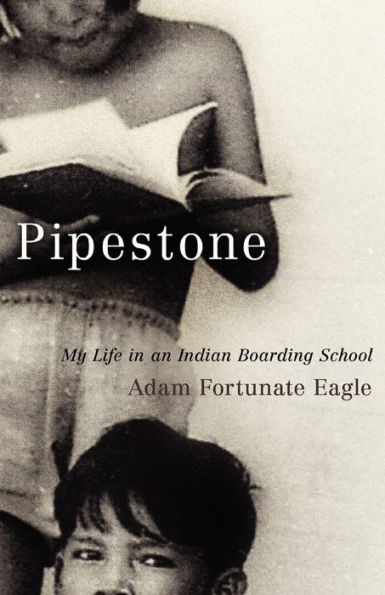

Barnes and Noble
Pipestone: My Life an Indian Boarding School
Current price: $19.99
Loading Inventory...
Size: Audiobook
*Product Information may vary - to confirm product availability, pricing, and additional information please contact Barnes and Noble
A renowned activist recalls his childhood years in an Indian boarding school
Best known as a leader of the Indian takeover of Alcatraz Island in 1969, Adam Fortunate Eagle now offers an unforgettable memoir of his years as a young student at Pipestone Indian Boarding School in Minnesota. In this rare firsthand account, Fortunate Eagle lives up to his reputation as a “contrary warrior” by disproving the popular view of Indian boarding schools as bleak and prisonlike.
Fortunate Eagle attended Pipestone between 1935 and 1945, just as Commissioner of Indian Affairs John Collier’s pluralist vision was reshaping the federal boarding school system to promote greater respect for Native cultures and traditions. But this book is hardly a dry history of the late boarding school era. Telling this story in the voice of his younger self, the author takes us on a delightful journey into his childhood and the inner world of the boarding school. Along the way, he shares anecdotes of dormitory culture, student pranks, and warrior games. Although Fortunate Eagle recognizes Pipestone’s shortcomings, he describes his time there as nothing less than “a little bit of heaven.”
Were all Indian boarding schools the dispiriting places that history has suggested? This book allows readers to decide for themselves.
Best known as a leader of the Indian takeover of Alcatraz Island in 1969, Adam Fortunate Eagle now offers an unforgettable memoir of his years as a young student at Pipestone Indian Boarding School in Minnesota. In this rare firsthand account, Fortunate Eagle lives up to his reputation as a “contrary warrior” by disproving the popular view of Indian boarding schools as bleak and prisonlike.
Fortunate Eagle attended Pipestone between 1935 and 1945, just as Commissioner of Indian Affairs John Collier’s pluralist vision was reshaping the federal boarding school system to promote greater respect for Native cultures and traditions. But this book is hardly a dry history of the late boarding school era. Telling this story in the voice of his younger self, the author takes us on a delightful journey into his childhood and the inner world of the boarding school. Along the way, he shares anecdotes of dormitory culture, student pranks, and warrior games. Although Fortunate Eagle recognizes Pipestone’s shortcomings, he describes his time there as nothing less than “a little bit of heaven.”
Were all Indian boarding schools the dispiriting places that history has suggested? This book allows readers to decide for themselves.
